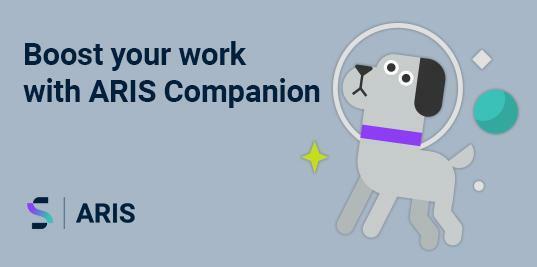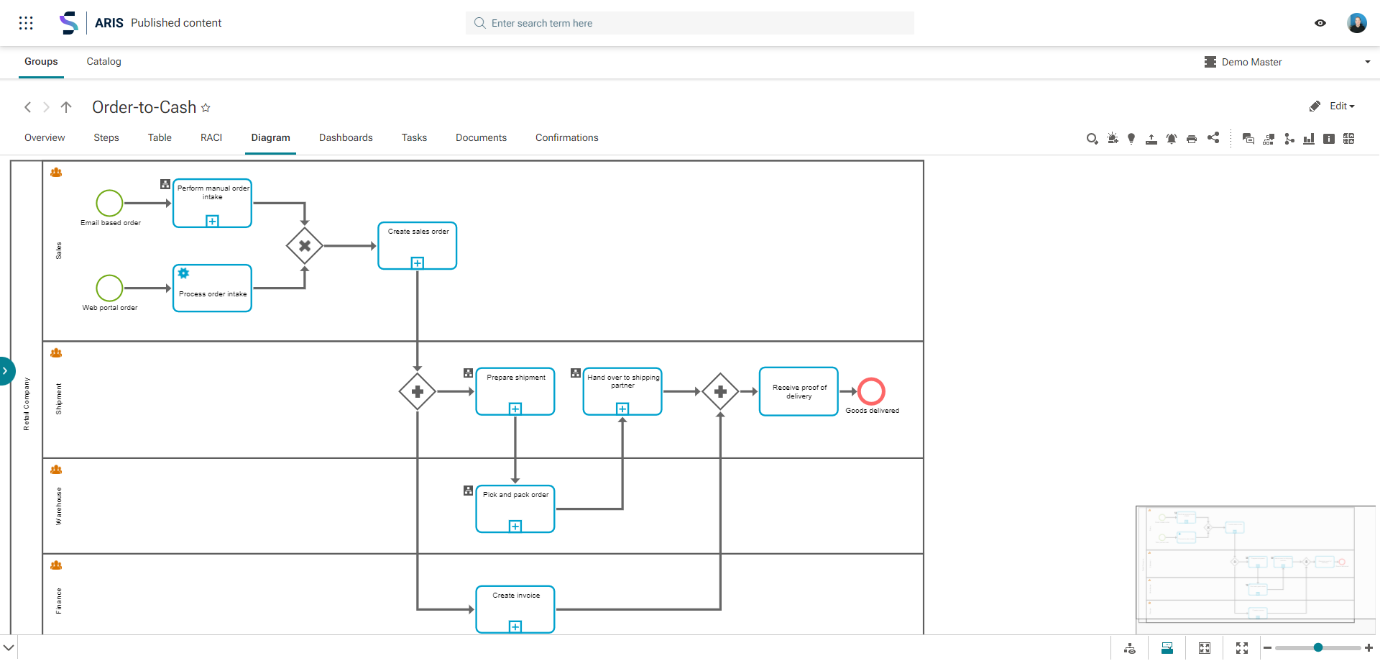In today's fast-paced world, optimizing productivity is more important than ever before. Fortunately, advancements in AI and simulation technology have made it possible to supercharge productivity like never before. From streamlining processes to identifying inefficiencies, these powerful tools are revolutionizing the way we work and helping individuals and businesses achieve their goals faster and more efficiently than ever before. I recently read some articles that mentioned how simulation can be used in combination with AI tools like ChatGPT but for me, there is more to it than just the creation of recommendations from a chatbot and need to take more into account than only a process structure or insights that are available in Process Mining.
I want to show this in an exemplary order-to-cash process. For this, I used an available dataset that I also used for demo purposes and will show how this helps you to find initial values for simulation projects or tweak the values discovered using ARIS Process Mining.
Part 1: The Tools.
I will use two tools for this little project we are just about to start, the ARIS suite (which might also count as some tools 😉) and a ChatGPT integration for ARIS.
The starting point will be ARIS Process Mining which is an AI-enriched Process Mining tool and comes with a lot of out-of-the-box content and analysis capabilities. In the screenshot below, you can see the Process Explorer that shows parts of your demo scenario.
In our case, we will use a generative AI to create recommendations based on the findings from Process Mining. For the simulation, we need our built-in simulation engine as well as the findings and values we discovered from Process Mining. But we could also take a lot of different other attributes into account. Especially if we do not know much about the newly implemented steps. There an AI assistant, like the Companion, can make some recommendations on how attributes like throughput, wait times and resource consumption might behave in the newly reshaped steps.
The ARIS Simulation will then take the generated values and drive a simulation project with this. The outcome of the simulation will then be analyzed side-by-side with the past behavior in ARIS Process Mining.
I will mostly cover the generation part in this post. If you are interested in how to get attributes of ARIS Process Mining into the ARIS repository please have a look at this post: https://www.ariscommunity.com/users/mscheid/2023-12-15-leveraging-process-mining-insights-effective-process-simulation-aris
Another article about how you can transfer the simulation results into ARIS Process Mining to analyze and benchmark them with real system data will come soon.
Let's start with ARIS Process Mining in the first place to discover the process.
Part 2: The discovery.
Let's have a brief look at the scenario we are looking at: It is a typical order-to-cash process and includes several steps, from the creation of the order, the collection of the items through the shipment, and accounting to the (hopefully) happy customer at the end. A BPMN diagram of the current process is also available. Some parts of the process are included in subprocesses like the tasks that must be performed for the shipment preparation or the creation of the invoice.
The process starts with the creation of an order. This can be done manually as well as automated using e.g., a web shop. After the order arrives, the shipment must be prepared besides the creation of the invoice. After the shipment has been created and prepared the Pick/Pack process collects all items and hands them over to a shipment partner. In the end, we need to make sure the package has been delivered to the customer.
Let’s now have a detailed look at how the process behaves in the real world. For this we can use the process overlay that will overlay all kinds of measures on the process model. In the image below we see how the process is discovered from process mining. Red connections and tasks show non-existing tasks whereas blue ones are in the model and the data.
I already placed the average activity duration in the model to get an aggregated view of this.
As we have now already a process model available, we can use this and enrich this with data from the process mining data. As this has been explained in the article mentioned above, I want to focus here on how you can generate data for your process simulation using generative AI.
Part 3: AI-based simulation attributes.
For this, we need to look at the task we want to enrich in the first place. In our example we go for the manual order intake. By triggering the API request, implemented in ARIS I will receive this result.
You can see it directly leads me to the triangular distribution for the working time of this step:
The minimum processing time for manual order intake in ARIS Simulation is a = 0000:00:00:30. The maximum processing time is b = 0000:00:01:30, and the average processing time is c = 0000:00:01:00. These values represent the range of time it takes for each manual order intake process to complete in the simulation.
The nice part: It also explains what those values are about and how you can use them. You can then input those values into the attributes that will be consumed by the ARIS Simulation. As the prompt and the result can be adapted to all attributes you need, it can enrich all relevant attributes and steps in the process.
After you have done this for all tasks you can run the simulation, analyze the results, or prepare another simulation run to benchmark your simulation with our real-world process data. This will help not only in the pure simulation but in your complete process transformation journey by supporting the analysis of process mining results, generating suggestions for your process redesign, simulating the outcome of this redesign and then finally implementing it.
There are already a lot of great things you can achieve using generative AI and the ARIS suite so we can all remain excited about what the future holds.
I would also like to recommend the post below:






